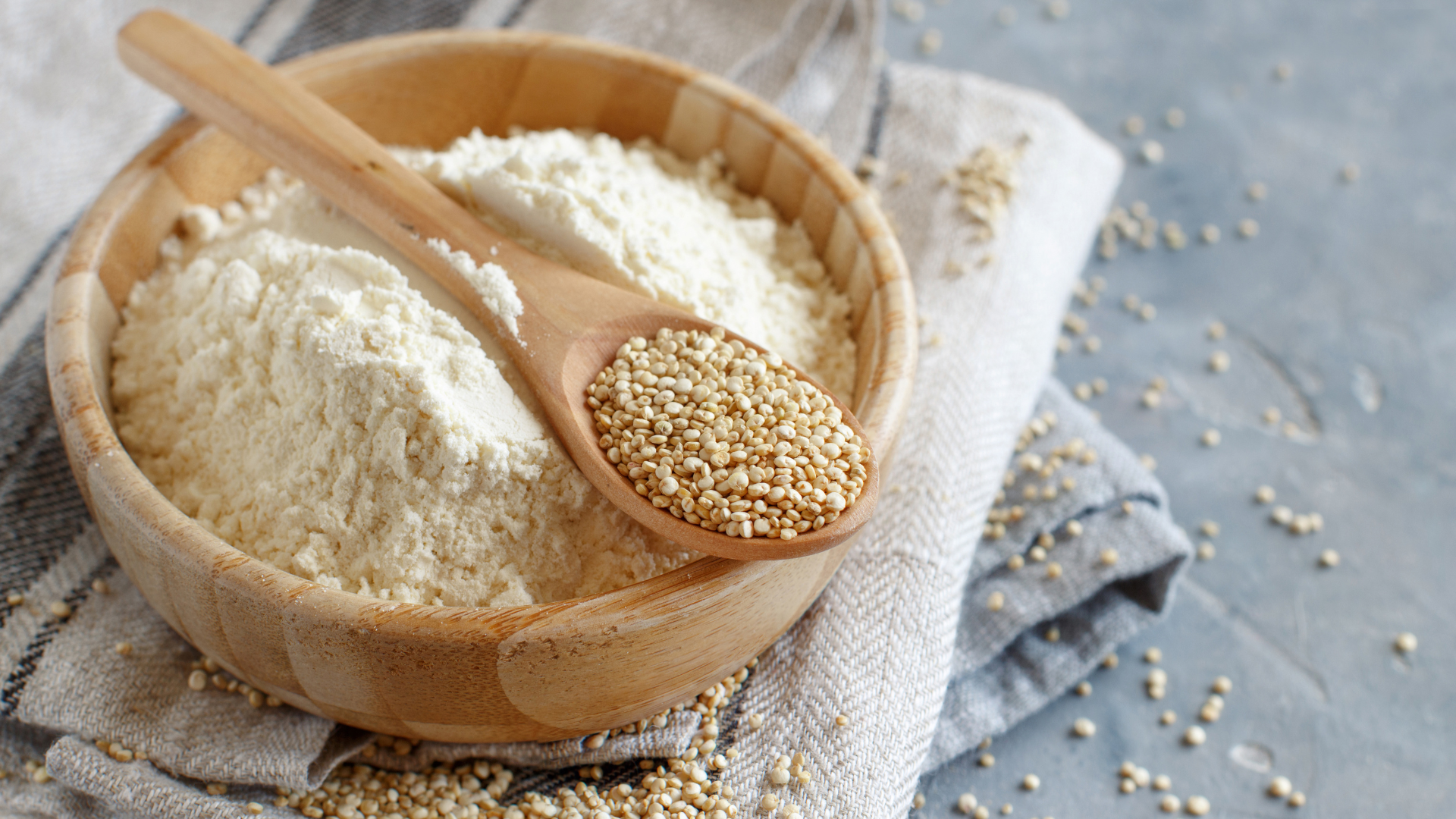Cooking involves measuring whether you’re measuring flour, sugar, water, or anything else. But how do you measure wet ingredients, like milk or eggs? And how do you measure dry ingredients, like flour or sugar? It all has to do with the amount of liquid or solid in the ingredient. Measuring wet and dry ingredients is a skill that everyone should learn. It’s an essential skill in baking and cooking, and it’s something many home cooks struggle with. Even experienced cooks can find themselves doing it wrong.
Cooking with ingredients that require measurement is popular for a number of reasons.
First, cooking with ingredients that require measurement results in healthy foods that are lower in fat, calories, sodium, and cholesterol.
Second, cooking with ingredients that require measurement cuts down on food waste since you will measure the exact amount of ingredients needed for a recipe.
Finally, cooking with ingredients that require measurement allows you to get great flavor in your food since you’ll use less salt or sugar.
The two main cooking measurements: are weights and volumes. We’re going to discuss weight measurements, when to use weight measurements, and when to use volume measurements.
Measure Wet Ingredients by Volume
Measuring wet ingredients by volume is the best way to ensure the right amount goes into your recipe. Wet ingredients include soups, sauces, marinades, and dressings. To make your recipes taste as good, and look as good as possible, always measure the wet ingredients by volume. Measuring wet ingredients can be intimidating since most of us are used to seeing measuring cups and spoons. But measuring by volume has some distinct advantages over measuring cups and spoons.
Measure wet ingredients accurately with this handy measuring spoon set for the kitchen! This set includes 6 color-coded measuring spoons with easy-to-read measurements in both fluid ounces and milliliters. The handles are smooth and comfortable, and weighing 2.1 ounces, they’re lightweight enough for easy use. Liquid ingredients like oil and milk are measured in ounces or tablespoons, and these measurements are actually more accurate than when you take the same quantity of liquid and measure it by volume (typically in cups)
Measure wet ingredients by volume (rather than by weight) for more accurate cooking results. By volume, we mean how much a specific volume or amount of water or liquid equals. To measure by volume, first, weigh out all of the ingredients and then measure out the amount of water or liquid the recipe requires.
Measure Dry Ingredients by Weight
Although measuring dry ingredients by weight might seem like a time-consuming process, it’s a habit you’ll need as you expand your cooking repertoire. Since ingredients vary so much, you’ll likely find yourself using measuring cups and spoons more often. When weighing dry ingredients, such as sugar, flour, and cocoa powder, all you really need to do is measure by weight, not by volume.
Measure dry ingredients by weight instead of volume for greater accuracy. The best way to do this is to use a kitchen scale. A digital scale is the easiest to use and the most accurate. If it is your first time using a scale to measure dry ingredients, practice using some measuring cups without mixed ingredients to measure the weight. After the scale is calibrated, you will have to weigh your ingredients.
Using the measuring spoon to measure dry ingredients by weight is easier than you might think. Take a dry ingredient such as a teaspoon of sugar, and place it in small but sturdy plastic or glass container. The container keeps the measuring cup from tipping over if the ingredient is dry and heavy.
Cooking a meal means measuring ingredients, which in turn means measuring the weight. You avoid over or underweight measurements when you measure dry ingredients by weight. Knowing how to measure ingredients by weight properly can be helpful if you have a small kitchen or a packed pantry. Why? Because you need precise measurements to ensure a recipe turns out the way you want it to, without overcooking or undercooking. To measure dry ingredients by weight, simply follow the basic recipe instructions as you would using a cup or spoon (using grams as a unit of measure).

